5 Changes That Saved My Sanity
By Mary Montero
Share This Post:


A week out of school, I am finally starting to feel human again. I’m relishing the moments I have with my kids, and I’m taking some time to do some things for me. But, I also have to say that this has been the easiest transition into summer that I’ve ever had, and I think that has to do with the fact that it was one of the best school years I have had. Not only did I have an amazing group of students this year, but I also implemented some changes in the way I did things that truly saved my sanity. As teachers begin to plan for next year (because we never truly stop planning, do we?), I thought it might be helpful to share those changes I made. 60+ fans of my Teaching With a Mountain View Facebook fans also shared their ideas, which I have added to the bottom of this post. Read on and plan on for next year! Be sure to share your sanity-savers in the comments section so we can all benefit!
It might sound dramatic, but it’s true…My life CHANGED when I implemented this early finisher system. It was incredibly low prep (I could prep it once every month or two and be good to go), the kids were constantly working on meaningful assignments, and I no longer had children interrupting me asking what they should be doing. There were two parts to this system, and you can really implement it any way you want to, with any resources you want, so long as you have an early finisher system of some sort.
First, I used my task card system. If you read my task card blog, you probably read my popular post about using task cards for early finishers (If you haven’t, you can read about it HERE and see how I updated it for the holidays HERE). Students always had a recording sheet of cards they were working on, and I rotated the cards all year depending on the skills we were working on or the season. They loved the variety of cards, and I loved that it was still hitting critical skills.
This year, I am doing something a little bit different with my early finisher set up, which you can read more about HERE!
Second, I used my Think It Through packets. I made one packet for the first semester and one for the second semester, and the kids were responsible for completing one page a week. There are three activities per page, and they are primarily language arts or social studies related, so that was a go-to piece of work for them to do when they finished early during those subjects. They knew that they had to do the assignment at some point during the week (I checked them every Monday), so it was the perfect assignment for students to pull out when they had an extra 2 or 3 minutes. Every second counts, right?
The moral of this sanity-saver? Have something meaningful for students to work on when they finish. Keyword there is meaningful. I never wanted my students to feel like they I was just giving them something to do so they would stop asking me what they could do.
I have always had somewhat of a major scope and sequence for the year, but it has never really been redone since we transitioned over to Common Core. I would find myself sitting down in February having a mini panic attack about all the things I still had to get done before state testing. Likewise, I spent many a Sunday night trying to figure out what we were going to work on the next week.
This year, I had a three-tiered planning system. Stay with me here…I know it sounds overwhelming (3 tiers!?), but it SAVED me, and we finished all of our standards early and had time to do extra enrichment projects toward the end of the year.
Tier 1: A Grand Plan (aka Scope and Sequence). Back in August, I outlined everything for the year, as best I could. We have a standards-based report card, so I took the standards from the report card and wrote down which standards we would grade, and thus teach, each quarter.
Tier 2: A Monthly Overview. Toward the end of each month, I looked at where we were, and I took a monthly calendar (one for math and one for reading) and sketched out an overview of what we would be doing each week/day of the month. If there was an activity I wanted to make sure we did, I added it here, but for the most part, this was a concept overview. In January, I actually sat down and did the calendar for January-March since it was crunch time for testing. I always breathed a big sign of relief when I had this part done.
Tier 3: Weekly lesson plans. We aren’t required to do any sort of formal lesson plans, but I thrive on having at least an overview of a plan. This is where I got into the nitty gritty. Sketched out anchor charts, wrote down homework, which pages we were working on in the notebooks, workshop rotation activities, etc.
I use a full sheet of paper for every day of my weekly lesson plans. This day template has been floating around our school for a few years after one of the teachers created it. Now, many teachers tweak it for their class and their week and LOVE it! I pull out my plans for the day and keep them nearby.
Here is a sample of the template I used when I taught 3rd grade (I taught mixed grade levels with a much different schedule the past two years). I had a separate one for Mondays when I introduced new concepts and new skills and the rest of the days had the same template. It’s super easy to create your own using a table in Microsoft Word and putting in your own schedule.
It was such a relief on Sunday nights to know exactly what I needed to be working on the next day, even if I wasn’t completely planned for the week.
I have fallen in love with all things foldable! I love, love, love them for student learning and organization. In fact, I love them so much that when I saw my step-daughter come home from her first day of math summer school with jumbled notes on fractions, I had her re-do them using one of our foldables from this year.
We created foldables or took notes in our interactive notebooks for the majority of concepts I taught this year in math and reading. Why did they save my sanity? Let me count the ways…
*The kids were engaged in learning. They never groaned when we got their notebooks out, and they knew I was fairly strict on how much time they spent cutting and gluing. My favorite saying while we were prepping for our notebooks was “CHOP CHOP!” Get it?
*The kids took ownership over their learning. They knew they would need to reference the notes again, so they made them nice, neat, and organized.
*The kids used them instead of asking me the same question seventeen times. Forgot how to multiply fractions? See page 52 in your math notebook for a flow map and 10 examples. Can’t remember the different types of character conflict? Look in your table of contents and see where we took notes and then you created examples about that.
*Absent yesterday? Check out the teacher notebook and see what you missed!
*The notebooks are fabulous homework helpers.
*The reflection and proof pages in the notebooks are a FABULOUS piece of assessment evidence for standards-based report cards. Bonus: It’s not a worksheet or a test.
*At the end of the year when it was time to clean out our desks and throw everything away, not ONE of their notebooks got thrown away. I heard things like “Oh, I’ll bring this to middle school next year!” and “How could I possibly throw all of this hard work away!?”
If you haven’t looked into interactive notebooks, a quick google search or Pinterest session will tell you all you need to know about them and give you tons of free ideas. Trust me, it’s worth your time learning about them!
I swore to myself that I was done with reading logs. You know the reading logs I’m talking about. The ones that say “20 minutes” for every day of the month, written in the same pen color, hastily signed off by the parent, probably in the car on the way to school that morning. I wanted real, honest to goodness accountability that my kids were reading 100+ minutes a week and not spending 1 minute filling out a reading log because it was due the next day.
I have always had a class Wiki (similar to a blog) in which I communicate with parents. I posted pictures of things we were working on, homework and project updates, and other relevant information. This year, I created a student-only Wiki and used it as the basis for weekly reading homework. Students logged in each week, read a reading response question I had posted, and then chose how they wanted to turn their assignment in. Most posted their responses on a Padlet page I had set up for each week (SUCH a neat free resource, and you can password protect it, too), and others typed or wrote their answers and turned them in.
Here is the Wiki Page students used. I use PBWorks to host my wiki.
The first week we used it was like a eureka moment. All of the kids did their assignments, and they wrote exceptional responses for me! At the beginning of each quarter, I looked at the concepts we were working on that week and wrote questions based on them. Here are the first few reading responses they did last year:
Here’s an example of what the top of the Padlet page looks like. Each student posts their response below it.
*Find one cause and effect relationship in the book you are reading and explain how the two events (the cause & effect) are related to each other.
*In the novel you are reading, what is the theme of the chapter you are on (or the novel as a whole)? Mention evidence or events in the book that support the theme.
*Select one character from your book and describe them using character traits and evidence from the book. Remember, what do they SAY, how do they ACT, and how do they FEEL?
One more look at some of the responses. As you can see, the responses varied greatly in length
My students have always set goals, but I, admittedly, never did a very good job of keeping up with them. We had always spent a great deal of time writing the goals, making plans of action, and then never doing much with them. After all, they had benchmarks that they had to meet, too. Benchmarks that we are mandated to complete and goals that students “must” meet.
This year, I totally simplified it. Students had (almost) free reign over what they wanted their goal to be– academic, behavioral, social, etc. They wrote it on an index card and chose where they wanted to keep it. Some kept it taped to their desks, others in their binders. I had a list of all of their goals as well, and it was in a sheet protector in the front of my teacher binder.
When students were off task, it was so effective to simply ask, “is this helping you reach your goal?” No matter what their goal was, off task behavior was not helping them reach it.
Another new part of goals that I implemented was quarterly goal conferences to check in with students on their goals and set new ones, if necessary. These check ins were only 3-5 minutes long, and I spread them out over about a month to get them all done. There was no prep for the students, and they didn’t know when I would be checking in with them, but I kept record of when I did. After we met, the students had to bring their card home, show their parents and discuss our conference, then parents signed it and they returned it to school. I felt like this was highly effective, low stress, but still held the students accountable.
On Facebook, I asked YOU what your sanity-saver was, and here is what you said saved your sanity this year…
Mary Montero
I’m so glad you are here. I’m a current gifted and talented teacher in a small town in Colorado, and I’ve been in education since 2009. My passion (other than my family and cookies) is for making teachers’ lives easier and classrooms more engaging.








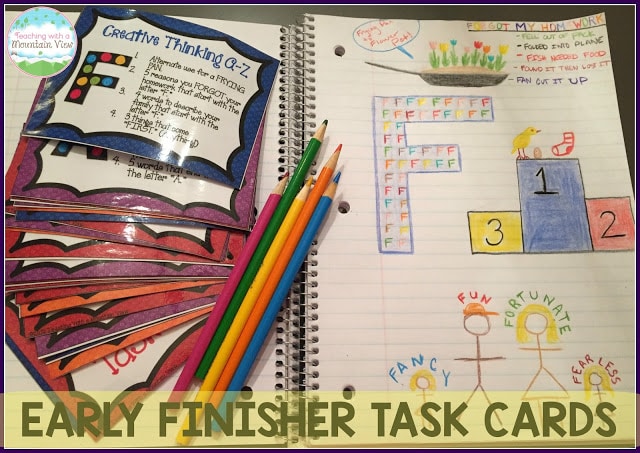
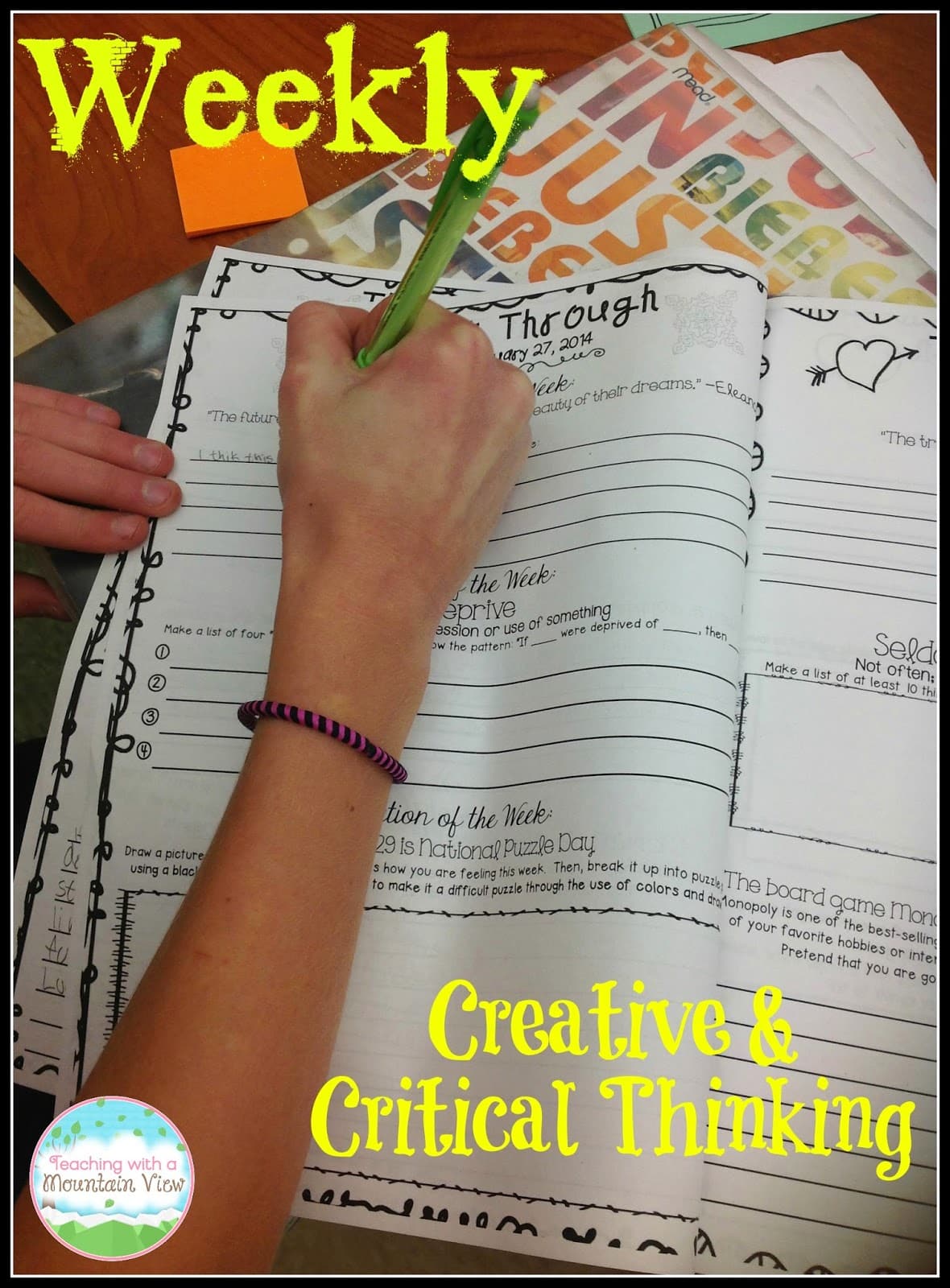

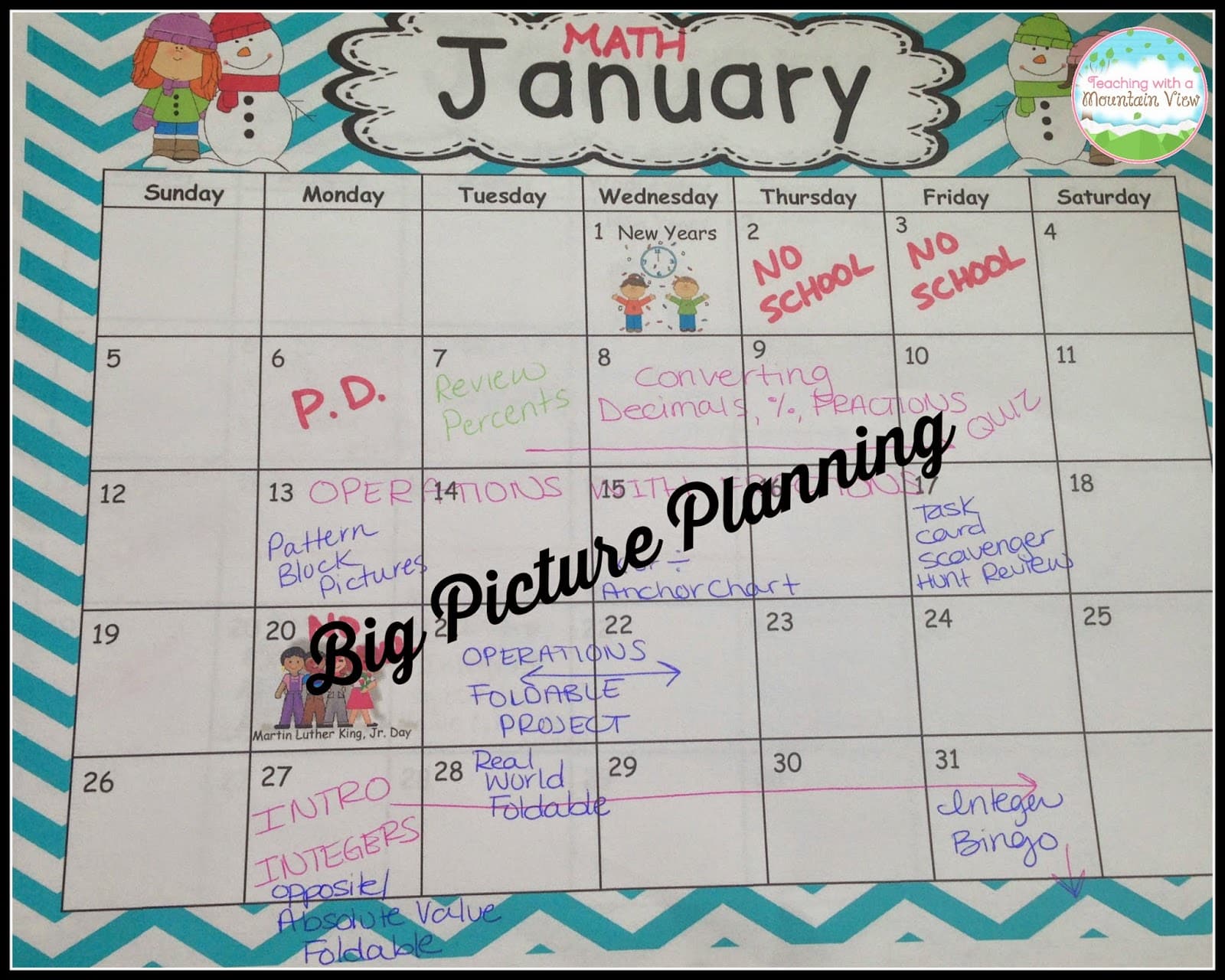
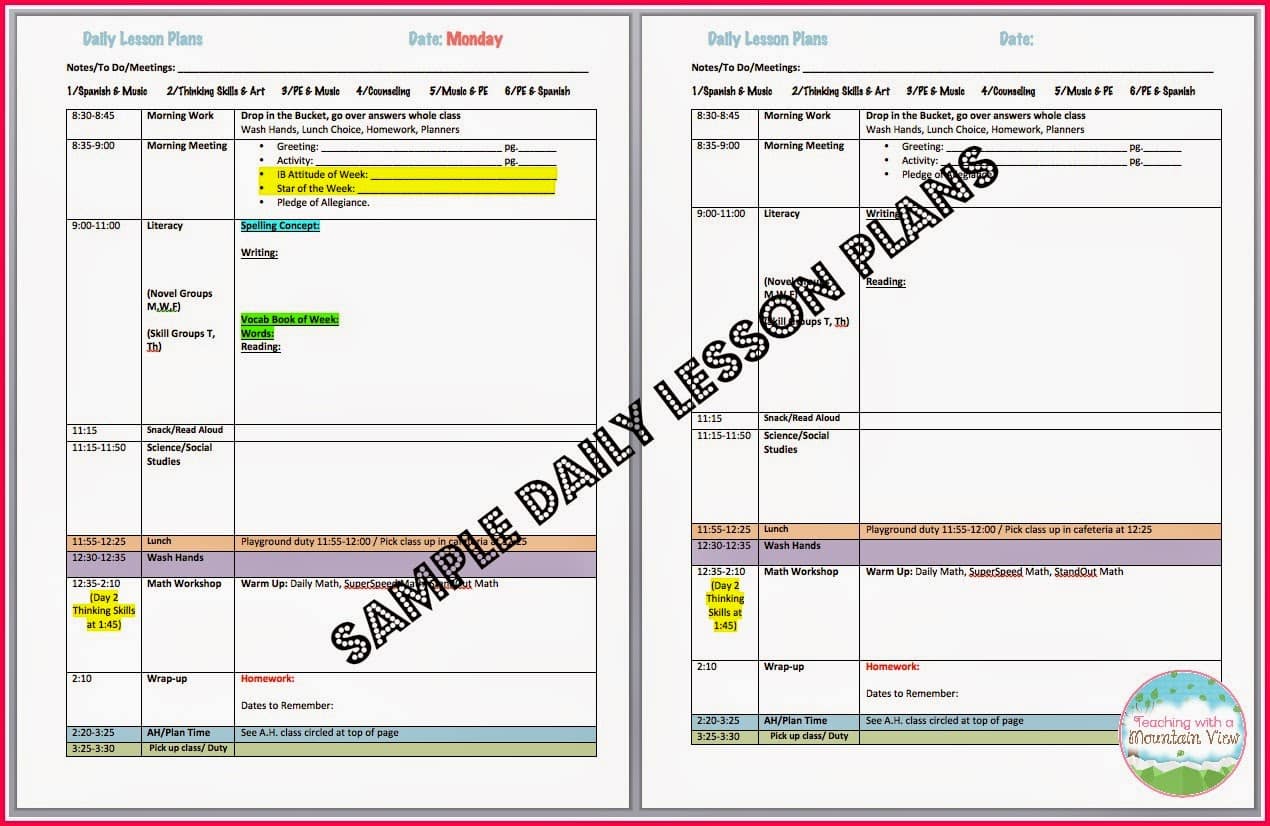

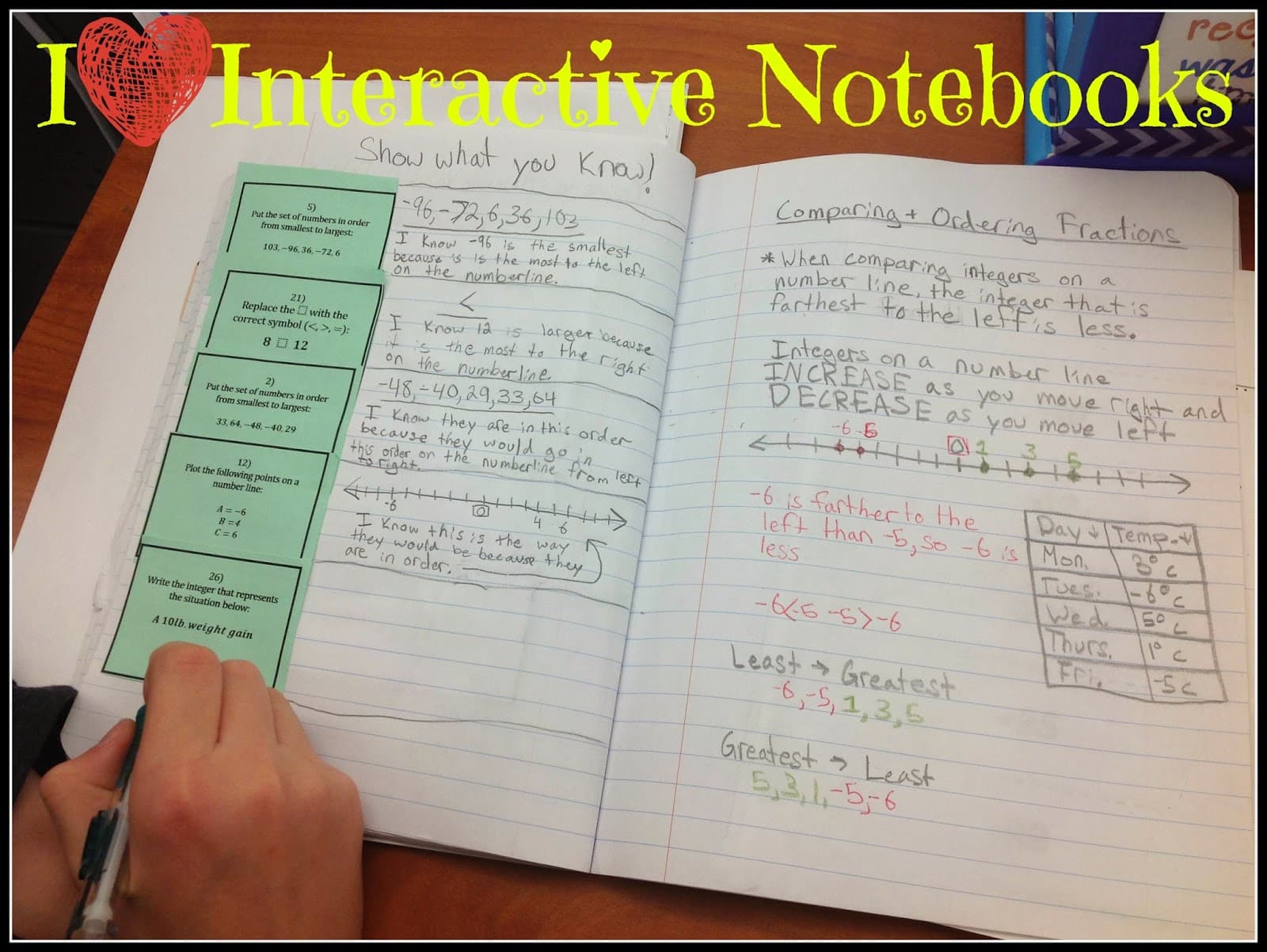

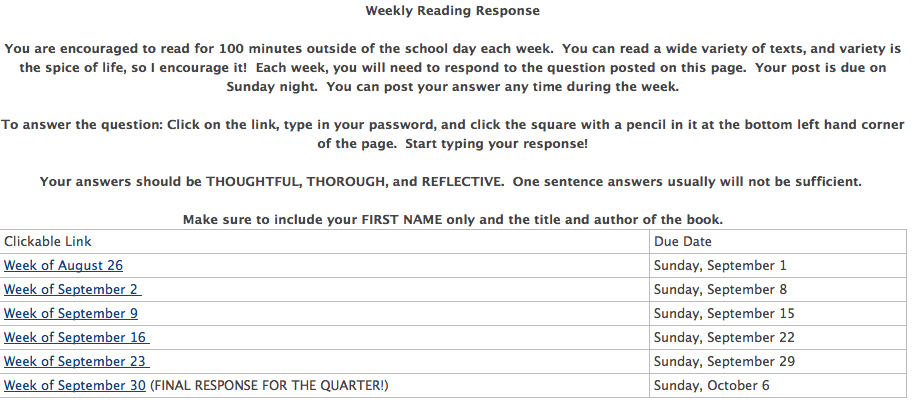
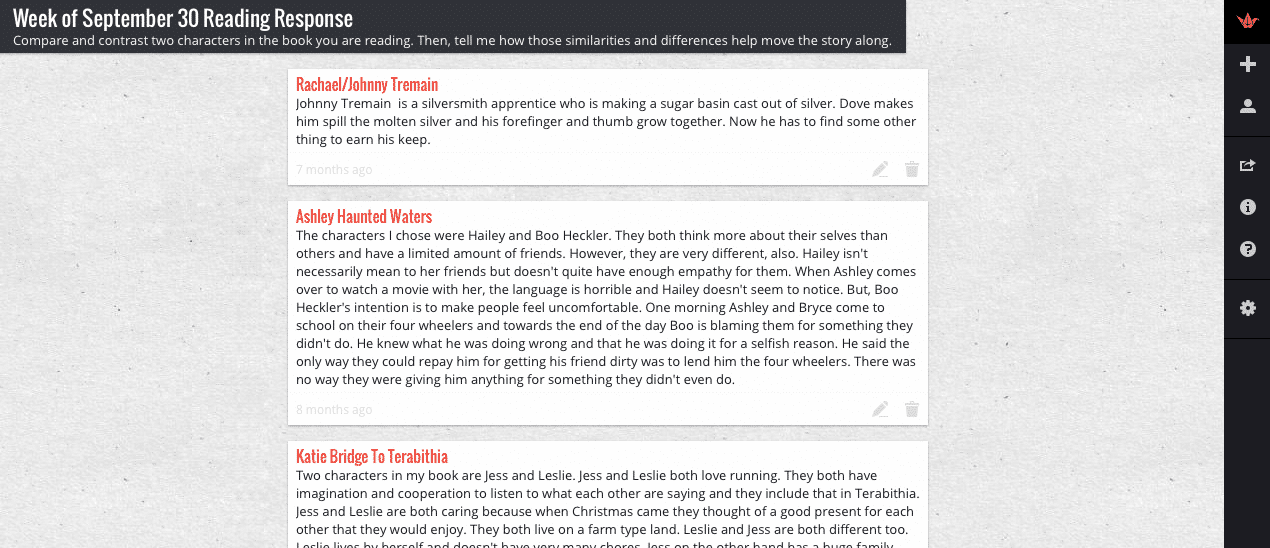

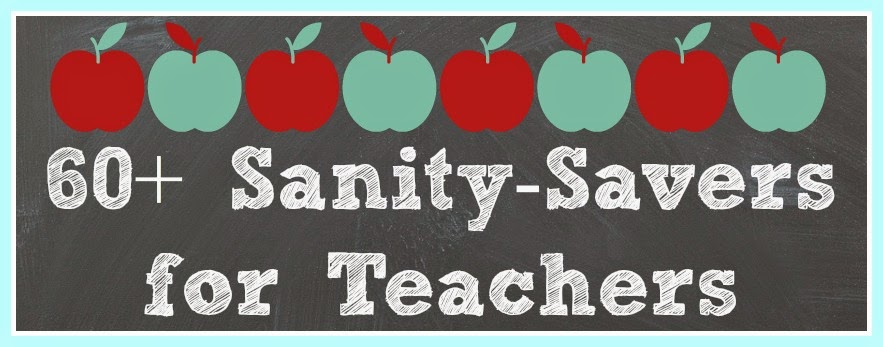













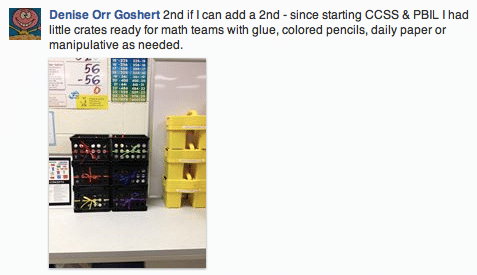











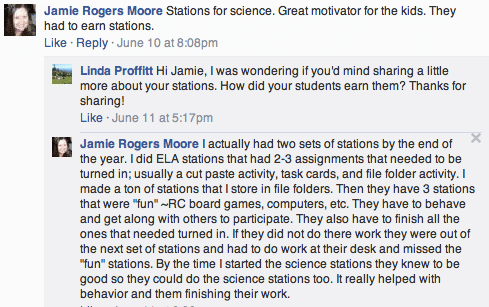
































This is a great list and has a lot of great ideas! I loved all of your comments about interactive notebooks. That is one thing I really want to implement more next year. Thanks for compiling all of this information together!
Such a wonderful post! I will be referring back to this one!!!
Courtney
ramonarecommends
This is a great list of things to think about this summer! I too will be bookmarking this post for future reference!
-Lisa
Mrs. Spangler in the Middle
This is the most helpful blog post I've ever read. Thank you thank you!
These are great ideas! It makes me get excited about next year! Thank you! 🙂
Monica
Did you use any particular products to help you with interactive notebooks?
Hi Eva! I use The Math Interactive Notebooks from Runde's Room, Blair Turner's Interactive Notebooks, Foldables from 4MulaFun (for upper grades), and Lovin' Lit for literacy.
I had never heard of PADLET before….so I am going to look into it. Looks really interesting.
THank you for sharing,
Kelly
http://www.learningintwolanguages.com
Thanks for sharing ALL of these wonderful ideas! I would add Whole Brain Teaching Cues and Callbacks as a Sanity Saver for me this year!
Holy guacamole! You are very impressive!
I am a 6th grade Science teacher, but I love your Think It Through activities as a way to incorporate more writing, as well as creative and critical thinking, into my classroom. Thank you for sharing! You mentioned that students knew they had to complete the assignment each week since you checked them on Mondays. Did you ever have trouble with students wanting to complete the assignment for homework at the beginning of the week instead of working on it a little at a time when they were early finishers during class? I tend to have that issue with advanced students.
I love all of these ideas! I just got lost on Padlet, thanks for that info…I am going to incorporate this!!! so cool!
Could you send step-by-step instructions on how to do the wiki for reading response instead of a reading log. …love love this idea …definitely want to use it! !
I am using Think It Through in my classroom this year and I am loving it! I am just curious as to how you assigned grades to it? Thanks!
i love this post!
games2girls | kids games online….
Any way I'll be subscribing to your feed and I hope you post again soon.
—
Signature:
i like play games juegos de frozen | juegos frozen | frozen | juego frozen
Great list! I really love the goal setting aspect!
I have tried implementing interactive notebooks for 3 years now and they always seem to fizzle out due to time. How do you save time in your classroom or aka what are the procedures for how you use them in your room.
ray ban eyeglasses
lebron 11
marc jacobs outlet
jordan 13 retro
ray ban wayfarer
burberry handbags
oakley outlet
jordan 3
chaenl bags
coach factory outlet
hollister kids
louis vuitton outlet
louis vuitton handbags
coach factory outlet
cheap jerseys wholesale
timberland outlet
michael kors outlet
kevin durant shoes 2015
ray ban aviators
kids lebron james shoes
christian louboutin outlet
coach outlet online
coach factory outlet
michael kors outlet
christian louboutin shoes
jordan shoes
cheap ray bans
cheap oakleys
louis vuitton handbags uk
louis vuitton handbags
prada bags
true religion sale
fitflop
true religion outlet
hollister
michael kors uk
20150626xiong
Posts shared useful information and meaningful life, I'm glad to be reading this article and hope to soon learn the next article. thank you
http://cekkesehatan.blog.fc2.com
http://bacakesehatan.drupalgardens.com
pandora jewelry
tiffany and co jewelry
north face outlet
indianapolis colts jerseys
louis vuitton handbags
timberland shoes
mcm bags
monster beats
denver broncos jerseys
oakley sunglasses
swarovski crystal
tods shoes
ugg boots clearance,ugg australia,uggs on sale,ugg slippers,uggs boots,uggs outlet,ugg boots,ugg,uggs
tods outlet
louis vuitton outlet
michael kors uk
ed hardy t-shirts
new york jets jerseys
celine outlet
hollister canada, http://www.hollistercanada.com
true religion jeans, http://www.truereligionjeansoutlet.com
cheap nhl jerseys
toms shoes
chicago bulls jersey
mont blanc pens
kate spade outlet
true religion jeans, http://www.truereligionoutletstore.us.com
coach factory outlet
roshe run men
cheap oakley sunglasses, http://www.oakleysunglasses-outlet.us.com
true religion jeans, http://www.truereligionjean.in.net
iphone 6 plus cases
cheap oakley sunglasses
canada goose outlet
five fingers shoes
hollister uk
san francisco 49ers jerseys
christian louboutin uk
0811maoqiuyun